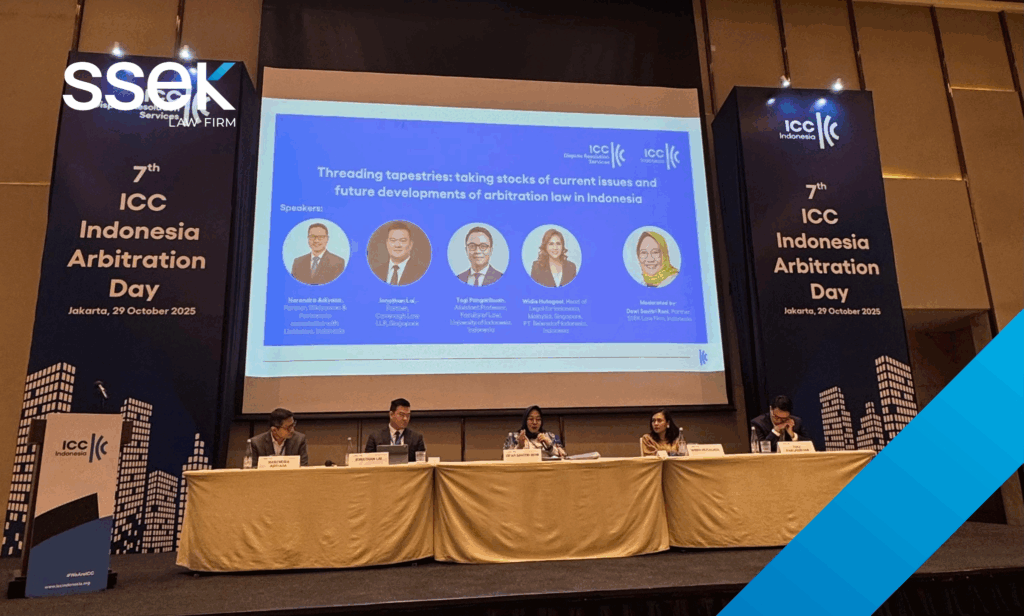Summary: India’s 2025 APS Circular marks a pivotal shift in public procurement, tightening financial safeguards against underbidding in road projects. By mandating tiered performance securities for bids even marginally below estimated costs, the policy aims to enhance accountability and execution quality. However, its one-size-fits-all approach risks sidelining efficient contractors, inflating bid prices, and dampening competition. A more calibrated framework—with capped guarantees, milestone-based deposits, and carve-outs for proven performers—could transform APS from a blunt compliance tool into a strategic enabler of innovation, fiscal discipline, and infrastructure excellence.
Earlier this year, the Ministry of Road Transport & Highways, Government of India (“MoRTH”), issued a circular[1] imposing additional performance security (“APS”) on bidders quoting abnormally low bid prices in road projects (“2025 Circular”). The rationale behind the APS imposition is to ensure that:
- Only financially stable, serious contractors participate in the bidding to safeguard the interests of the project, the government and the public at large.
- The APS creates a buffer to cover potential cost overruns and provides the government with a financial recourse to cover losses due to the contractor’s default.
- Bidders are deterred from quoting unrealistically low prices that could jeopardise project execution, especially abandonment and poor performance.
- Speculative bidding is avoided, and realistic pricing is fostered.
- Contractors do not cut corners on quality, material, or workmanship to meet their low bid commitments.
The 2025 Circular references a previous circular dated August 26, 2022[2], which sets out guidelines for seeking APS with the approval of the Secretary, Ministry of Road Transport & Highways (“2022 Circular”). As per the 2022 Circular, APS imposition was mandated when the selected bidder’s quoted price was more than 20% lower than the estimated project cost. As per the 2022 guidelines:
- APS was computed as 20% of the difference between the estimated project cost and the bidder’s quoted price.
- The APS amount was capped at a maximum of 3% of the bid value and was considered an integral component of the total performance security.
- Approval from the MoRTH Secretary was required for applying APS, supported by a detailed justification based on the bidder’s past performance.
The 2025 Circular is an updated version of the 2022 Circular framework, with the following conditions:
- where the bid price is below 10% but not below 20%of the project cost put to bid, the additional performance guarantee/ security percentage shall be incremented by 0.1% for every percentage of bid price below 10% of the project cost put to bid, starting at 11% with the additional bid performance guarantee being 0.1% and this additional performance guarantee percentage shall be applied on the bid price;
- where the bid price is 20% or more below the project cost put to bid, the additional performance guarantee percentage shall be incremented by 0.2% for every percentage of bid price below 20% of the project cost put to bid, in addition to 1% of the bid price and this additional performance guarantee percentage shall be applied on the bid price;
- The additional performance security shall be treated as part of the performance security[3].
- In respect of projects under Road Wing, Additional Performance Security shall be taken with approval from DG (RD) & SS, MoRTH.
The key differences between the 2022 Circular and the 2025 Circular are:
- APS is activated much earlier (10% of the project cost) under the 2025 Circular, as opposed to the 2022 Circular (20% of the project cost). Therefore, the 2025 Circular casts a wider net, affecting bidders quoting prices 10-20% below the project cost, who otherwise would have been exempt under the 2022 Circular.
- The tiered and incremental computation of APS under the 2025 Circular makes the bidding process more predictable and transparent for bidders. This helps bidders in better financial planning.
- Under the 2025 Circular, extremely low bids face significantly higher security requirements with no upper cap (even reaching 7% APS when the bid is 50% lesser than the project cost), creating a stronger deterrent against reckless pricing.
- The 2025 policy assigns the approval giving authority for imposing APS on to a lower authority (Director General level instead of Secretary level), which should ideally speed up the approval process.
- While the 2022 Circular required specific reasons to be mentioned, justifying APS requirement along with track record of the bidder while seeking approvals, the 2025 Circular provides for a mechanical and automatic application of the policy based on a low bid.
While the underlying intention behind the 2025 Circular is laudable, the practical implications leave a lot to be desired. Contractors who can genuinely offer costs that are 10-15% more efficient than project cost estimates of the government due to innovative methods, technological advancement, and better procurement, will now face penalties that may dissuade them from offering competitive bids. Further, the added APS might be factored into bids, leading to artificially higher prices and reduced savings for the government.
Since the 2025 Circular applies automatically upon submission of a bid at a price lower than the estimated project cost of the government, there is no scope for consideration of the matter on a case-to-case basis. A contractor with an exemplary track record (successful project delivery, genuine efficiencies, regional cost variations, and technological advancements) faces the same APS as a newcomer, who may ignore risk differentiation.
Bidders quoting even moderately low prices (10-20% below project cost) now face APS requirements, which may negatively impact the working capital, especially for small and mid-sized contractors who may already be operating on slim margins.
To achieve an optimal equilibrium, it is imperative to reintroduce a stringent ceiling of 5% of the bid price for APS, thereby averting undue financial encumbrance on genuinely efficient contractors. Recognising potential liquidity constraints arising from demanding the entire APS upfront, the government could facilitate a phased deposit mechanism, synchronised with key project milestones. Should the contractor consistently exhibit exemplary performance at each stage, subsequent tranches of the APS may be recalibrated, reduced, or wholly waived, contingent upon the specific facts and prevailing circumstances. This approach not only alleviates the initial financial strain, but also cultivates a robust incentive structure that rewards sustained excellence and accountability throughout the duration of the project. An exception (with a lower security requirement) can be created for contractors who have completed more than three similar projects in the past five years, with no performance related red flags.
Given that the 2025 Circular fails to furnish any specific legal remedy for contractors aggrieved by the imposition of APS, it is imperative that a comprehensive dispute resolution framework is instituted for this purpose. This mechanism should commence with an initial review before an independent technical panel, followed by recourse to arbitration if necessary. Crucially, contractors must be permitted to proceed with project execution during the pendency of the dispute, with the APS amount securely maintained in an escrow account. Such a structure would uphold procedural fairness, safeguard the interests of all stakeholders, and ensure uninterrupted project delivery while the legitimacy of the APS imposition is adjudicated.
To rigorously gauge the true efficacy of the 2025 Circular, it is essential that the policy undergoes a comprehensive review biennially. This review should encompass a multifaceted analysis of project completion rates under the APS regime, prevailing competitive dynamics in the bidding landscape, frequency and nature of project failures or quality lapses, as well as comparative trends in average bid prices both pre and post policy implementation. Such a systematic and data-driven evaluation will not only highlight the tangible impacts of the Circular, but also provide insights for strategic refinements, ensuring that the APS framework remains responsive to evolving industry realities and continues to foster both prudence and innovation in public procurement.
The 2025 APS Circular ostensibly seeks to shield public projects from the perils of reckless underbidding. However, in its quest to mitigate risks, it may inadvertently stifle innovation and operational efficiency. By indiscriminately subjecting all low bids to identical scrutiny, the policy risks marginalising seasoned contractors and diminishing market competitiveness. To strike a balance between prudence and progress, the framework demands a more nuanced approach, incorporating judicious caps on APS, staggered deposit mechanisms, carve-outs for demonstrably competent contractors, and a robust, transparent dispute resolution process. Consistent data-driven evaluations and iterative policy refinements can transform APS from a blunt regulatory instrument into a finely calibrated mechanism, ensuring project integrity while fostering sustainable advancement in public procurement.

For further information, please contact:
Ajay Sawhney, Partner, Cyril Amarchand Mangaldas
ajay.sawhney@cyrilshroff.com
[1] Efile NO.RW/NH-3 3044/34/2024-S&R (P&B) (Computer NO.-246283) dated April 30, 2025
[2] NH 37015/01 /2022-H (Comp No. 208778) dated August 26, 2022 in tandem with Department of Expenditure’s circular bearing Reference No. DPE/7(4)/2017-Fin. (Part-I) dated November 19, 2020
[3] An illustrative example for calculation of additional performance guarantee/security for a notional project where the project cost put to bid is Rs. 1000 crore is given in the Annexure to the 2025 Circular





